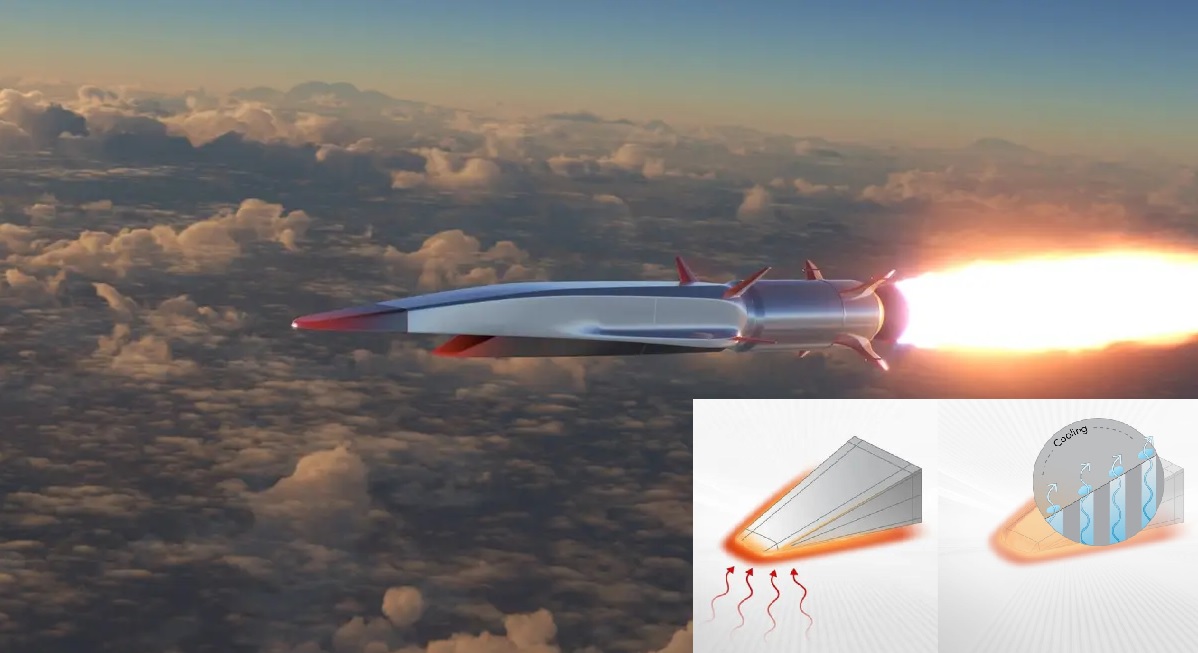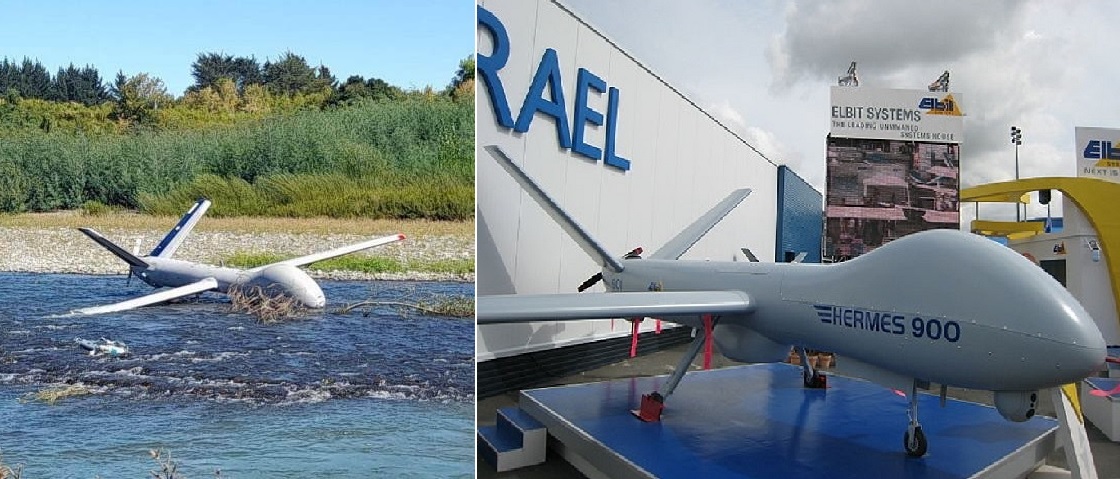US Air Force Backs Canopy Aerospace’s ‘Sweating’ Hypersonic Thermal Protection System

The U.S. Air Force has awarded Canopy Aerospace $2.8 million in funding to develop an innovative thermal protection system (TPS) for hypersonic vehicles, designed to endure the extreme heat generated at speeds exceeding Mach 5. The project, which aims to enhance the resilience of these advanced systems, centers around a cutting-edge technology that mimics the natural cooling mechanisms of plants and human skin. This transpiration-cooling approach is expected to revolutionize the way hypersonic vehicles handle the extreme temperatures experienced during flight.
At hypersonic speeds, air friction can cause the surface of a vehicle to reach temperatures as high as 3,000 degrees Celsius. Protecting the vehicle from this immense heat is crucial to maintaining its structural integrity and ensuring its performance. Canopy Aerospace’s thermal protection system employs a "sweating" process, where a highly pressurized fluid is released onto the surface of the vehicle. As this fluid evaporates almost instantly, it forms a protective insulating layer, shielding the craft from the intense aerothermal heating.
This system operates similarly to how humans cool down through perspiration or how plants release moisture to maintain temperature. As the fluid evaporates, it absorbs heat, preventing the vehicle from being overwhelmed by the high temperatures. The innovation lies in the combination of advanced ceramic materials and additive manufacturing, which enables the development of a thermal protection system that can not only withstand extreme heat but also provide enhanced speed and maneuverability for hypersonic platforms.
Additive manufacturing plays a significant role in the development of these advanced systems. Canopy has been able to utilize this technology to create ceramic-based materials that offer superior heat resistance. These ceramics are formed into complex shapes using 3D printing techniques, allowing for a high degree of customization and precision. This capability is particularly valuable in the production of TPS for hypersonic glide vehicles and cruise missiles, where both performance and durability are critical.
In addition to the innovative cooling system, Canopy Aerospace is working on integrating a health monitoring system into the TPS material. This involves embedding sensors within the material to track its condition throughout its lifespan. These sensors can detect damage, ablation, or other changes in the TPS, providing real-time data on its structural health. This technology addresses a significant challenge in hypersonic and space re-entry missions, where traditional sensors struggle to operate due to the plasma layer that forms around the vehicle during flight.
By incorporating these sensors, Canopy’s system will enable continuous monitoring, which will not only extend the operational life of hypersonic vehicles but also reduce the downtime required for maintenance and inspection. This "Smart TPS" approach will help ensure that future strategic systems, including nuclear re-entry vehicles, remain reliable and operational for extended periods.
The development of this thermal protection system is part of a broader effort by the U.S. Department of Defense to modernize its weapons portfolio, particularly in the area of long-range strike capabilities. Hypersonic weapons, with their combination of speed, precision, and maneuverability, are seen as crucial to countering advanced threats posed by near-peer competitors. The integration of a robust TPS is essential to ensuring that these systems can perform effectively in the high-stress environments they are designed for.
Canopy Aerospace’s advancements are expected to undergo rigorous ground testing and integration trials, ultimately leading to flight readiness. The goal is to have a thermal protection system that not only meets the demands of current hypersonic platforms but also sets the stage for future innovations in defense technology.
In summary, the U.S. Air Force's investment in Canopy Aerospace's transpiration-cooling TPS reflects the growing emphasis on hypersonic weapon systems in modern warfare. By mimicking natural cooling processes and incorporating advanced manufacturing techniques, this new technology promises to enhance the durability, performance, and longevity of hypersonic vehicles, ensuring they remain a formidable part of the U.S. military’s strategic arsenal.


